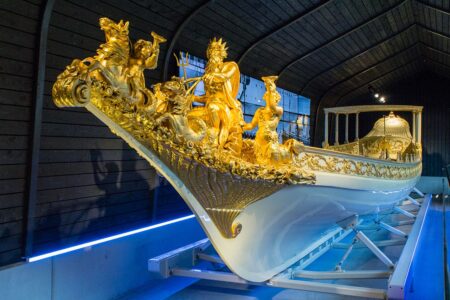Het Scheepvaart Museum
Next to NEMO, lies the Het Scheepvaart Museum which is identified with the heart and soul of the Dutch capital. The National Maritime Museum of Het Scheepvaart is all about the story of what made the Dutch a great nation.
The Dutch Baroque building of the museum was created amid the Gouden Eeuw (the Dutch Golden Age) by the government of Amsterdam to serve as the admiralty’s arsenal. The decision was taken in 1650, two years before the beginning of the First Anglo-Dutch War. The construction work however started in 1655, a few months after the Dutch defeat. At that point in history the need for a professional and modern navy seemed to be more urgent than ever.

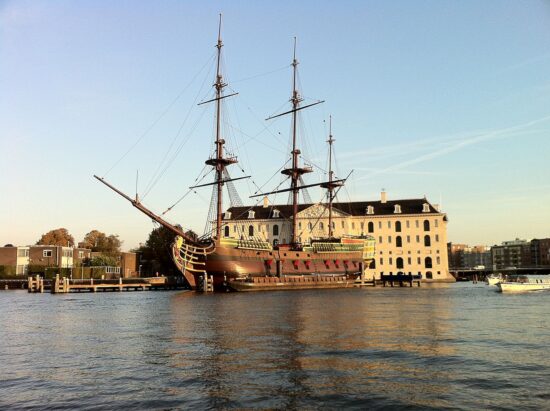
The way it was built was the way almost everything was built in those days in Amsterdam. By creating a new piece of land. Or better by reclaiming it. What made this particular venture different was that the workers were mostly paid in drinkgeld meaning drinking money.
No wonder the building started to sink in the first half of the 18th century. The problem was however pretty common for Amsterdamers and so was the solution. The Dutch Navy left the building in 1972 and soon after it was turned into the location of the Nederlands Scheepvaartmuseum (English: Dutch Maritime Museum).
With the latest edition of the massive steel and glass roof that was finished after a complete three-year renovation that lasted from 2007 to 2011, the building boasts today for being a completely modern and technologically equipped treasure trove of Dutch Maritime history, one of the best in the world.
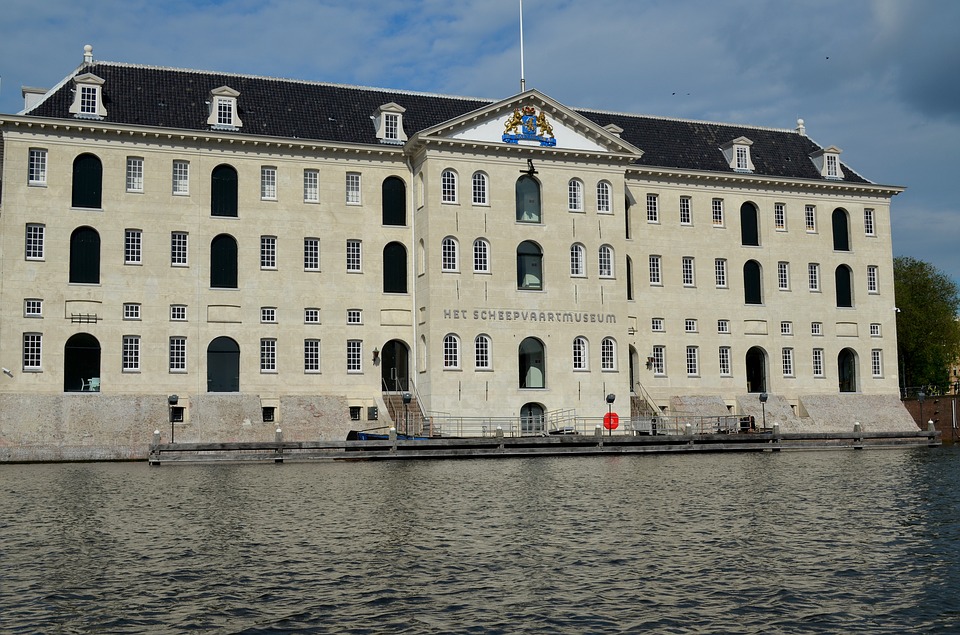
The exhibitions of the museum are divided into three different wings.
In the west wing an exhibition following the history of the largest sea mammal on earth, the whale, from the time it was considered a feared monstrous creature to the time of whale-hunting. An interactive family-orientated exhibition about life on board and another based on stories, ships, charters, and globes from the Golden Age.
In the north wing, you can have a virtual reality tour back to the 17th century when Amsterdam was the world’s largest port and the Netherlands was a world power. A second section is dedicated to the lavishly decorated and impeccably preserved Royal Barge of King Willem I constructed in 1818.
The third one is packed with several maritime innovations from the past including the first working submarine of 1620. Finally, a section where the visitor can have a thorough (bird’s eye) look inside the port of Amsterdam where 65,000 people work.
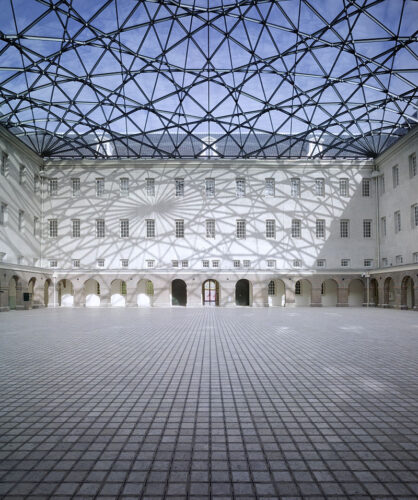
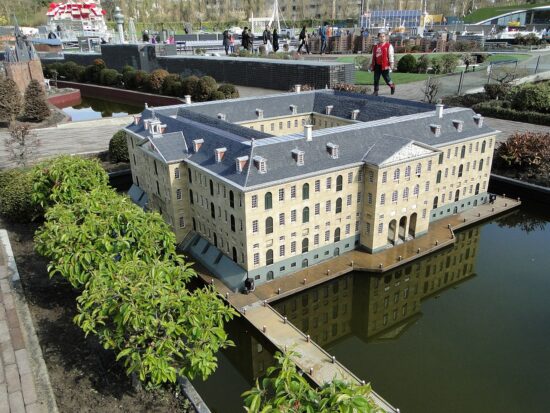
In the east wing a collection of historic navigational instruments from when the ships still depended on the sun, moon, and stars to navigate the seas. Another section full of painting masterpieces that drew their inspiration from ships, sea battles, s, terms, and heroic actions relates the Dutch naval history. Another one where Greek, Roman, Viking, and Dutch artifacts and ornaments from the ships of the past are the illuminated stars.
Finally an intimate exhibition of photos and photo albums where you can browse through the life of sailors and travelers from the very early years of photography. The whole ensemble of exhibitions is paired with a free audio tour that gives you more in-depth information and will present the highlights of the museum to you in 60 minutes.
An important highlight that should not be overlooked is of course the experience on the East Indiaman Amsterdam the ship moored alongside the museum which is an exact copy of the famous East Indiaman lost on her maiden voyage in 1749. On board you can feel what life was like on one of the Dutch ships of the golden era, you can hoist cargo, scuttle through the hold or fire a cannon.
Overall an exceptional museum that is surely worth your time. More

